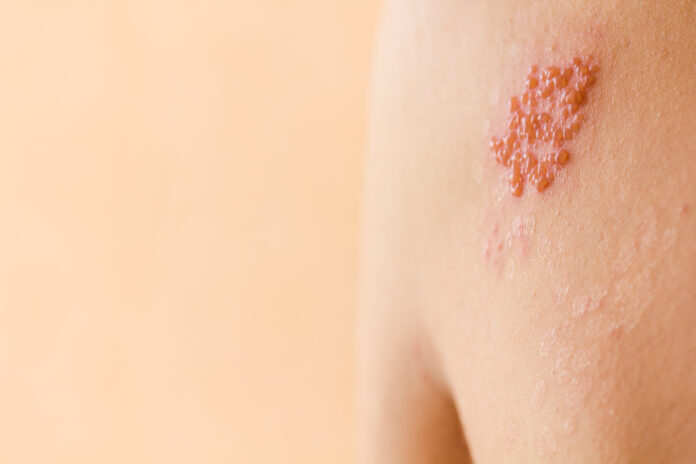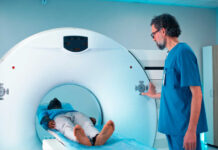
If you have had chickenpox, it’s possible you will get shingles. In fact, the Centers for Disease Control and Prevention (CDC) predict that 1 in 3 Americans may get shingles at some point in their lives.
Before becoming shingles, the chickenpox virus can be latent for many years. By interacting with a shingles sufferer, a person who has never had chickenpox can get the illness. While it can strike anyone at any age if they’ve already had chickenpox, shingles are usually found in people over 50.
Symptoms of Shingles
In most cases, shingles only affect one side of the body. Most frequently, this refers to the back, chest, waist, or abdomen. Additionally, facial features may exhibit symptoms, including the eyes, mouth, and ears. The virus may also impact some internal organs.
A dorsal root ganglion, a solitary sensory nerve ganglion located close to the spinal cord, is frequently impacted by shingles. This explains why the symptoms don’t affect the entire body but rather only certain parts of it. The rash itself does not cause discomfort; instead, nerve involvement does.
The type of a symptom might change depending on where on the body it manifests.
Some people only experience pain, while others may experience pain along with a rash and additional symptoms, including fever, chills, or headache.
The most typical shingles symptoms include:
- A persistent dull, searing, or gnawing ache or a sporadic acute, stabbing pain
- An area-specific skin rash that resembles the chickenpox rash
- Rash-related fluid-filled blisters
Progression of Symptoms
Every case of shingles is different, but typically, symptoms develop as follows:
- Pain, tingling, numbness, and itching on a particular area of the skin or body.
- A rash can develop up to two weeks after the initial symptoms.
- Itchy, fluid-filled blisters and red patches appear and last for three to five days.
- The blisters could combine to create a solid red band that resembles a severe burn. Even the lightest touch could hurt.
- The soft tissue underneath and around the rash may become inflamed.
- The blisters progressively dry out and develop into scabs or crusts after 7–10 days. Blisters may leave little scars when they heal.
Typically, shingles persist for 2-4 weeks. Up until the blisters crust over and dry up, it is communicable. Most people only have shingles once, but in a small number of cases, they can come back.
Summary
It’s essential to seek treatment shortly after symptoms occur. This is even more important if you have a weakened immune system. Your physician will help you develop a plan for the pain and itching and help you decide if the shingles vaccine is suitable for you.
https://www.cdc.gov/shingles/about/index.html?CDC_AA_refVal=https%3A%2F%2Fwww.cdc.gov%2Fshingles%2Fabout%2Foverview.html
https://www.cdc.gov/shingles/about/symptoms.html
https://www.ninds.nih.gov/health-information/patient-caregiver-education/hope-through-research/shingles-hope-through-research#3223_3


















